Which Japanese sports cars would you have in your lottery-win garage? Honda NSX or Nissan Skyline GT-R? Mazda RX-7 or Toyota Supra? Mitsubishi Lancer Evolution or Subaru Impreza WRX? We argued about this for hours before boiling it down to the following list. It includes the fast and the furious, but also the affordable and unusual.
You’ll note we have excluded hot hatches – that’s a whole different argument – and, for the most part, have limited ourselves to one example of every make and model. Start your engines…
Honda NSX-R
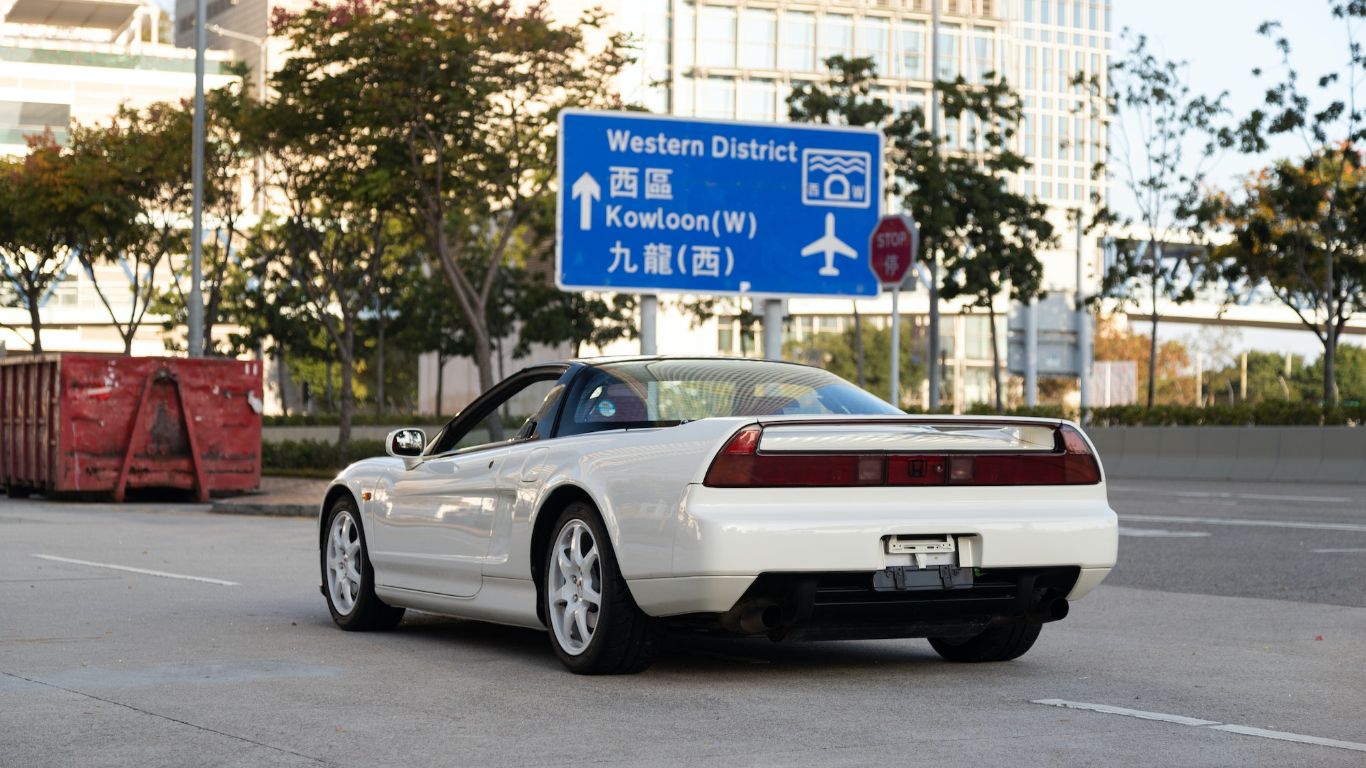
This stunning example of the first Type R was recently sold by Collecting Cars for £160,000. That sounds steep for a 26-year-old Honda, until you realise that only 483 were made – all for the Japanese market. The NSX-R weighs around 120kg less than the standard car, with carbon-kevlar seats, Enkei forged wheels and virtually no soundproofing. Don’t forget the blueprinted, naturally aspirated 3.0-litre V6 engine and manual gearbox either. A raw road-racer of the highest order.
Toyota 2000GT
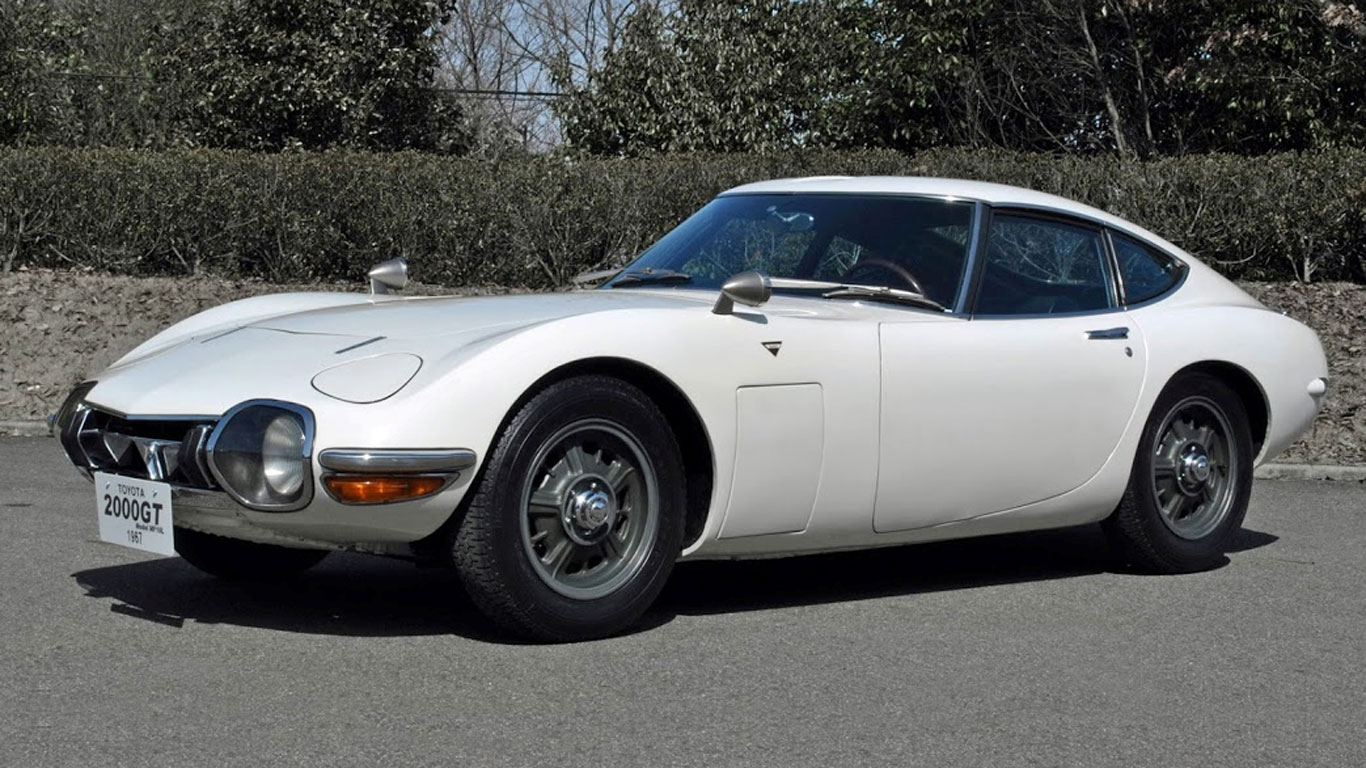
It has been labelled the ‘Japanese E-Type’, but this is unfair. Whisper it, but we reckon the Toyota 2000GT is prettier than the Jag. Launched in 1967, the 2000GT was powered by a 2.0-litre six-cylinder engine developing 150hp, enough to hit a top speed of 136mph. By the time the last car rolled out of the factory in 1970, the 2000GT had set numerous speed records, appeared in a Bond movie and put Japan firmly on the world sports car map. Just 337 were built.
Autozam AZ-1
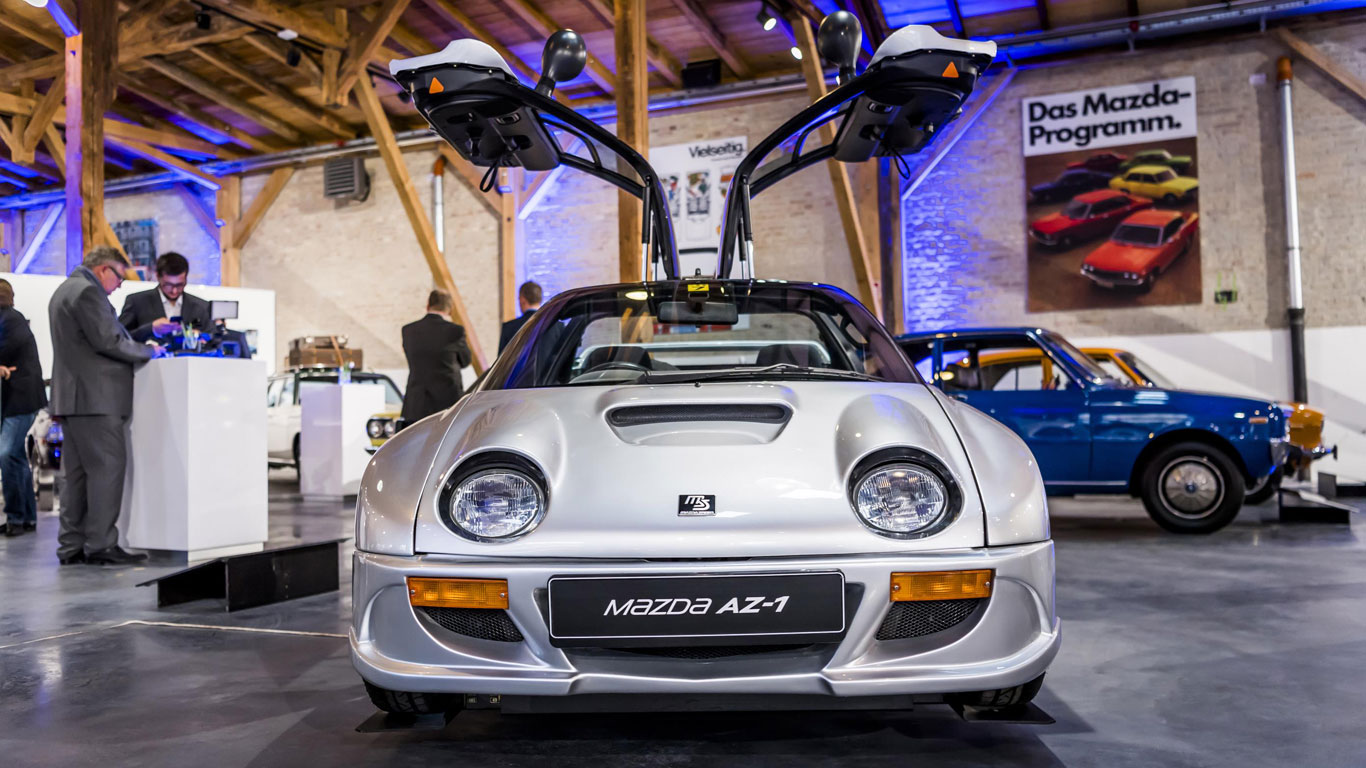
If the Toyota 2000GT is the prettiest sports car to emerge from Japan, the Autozam AZ-1 is arguably the cutest. Sold by Mazda under its Autozam brand, the AZ-1 was built by Suzuki and featured a pair of gullwing doors. Power was sourced from a Suzuki 657cc turbocharged engine producing 63hp at 6,500rpm. Weighing just 720kg, the AZ-1 could hit a top speed of 87mph. Just 4,392 were produced before the AZ-1 fell victim to the Japanese recession.
Lexus LFA
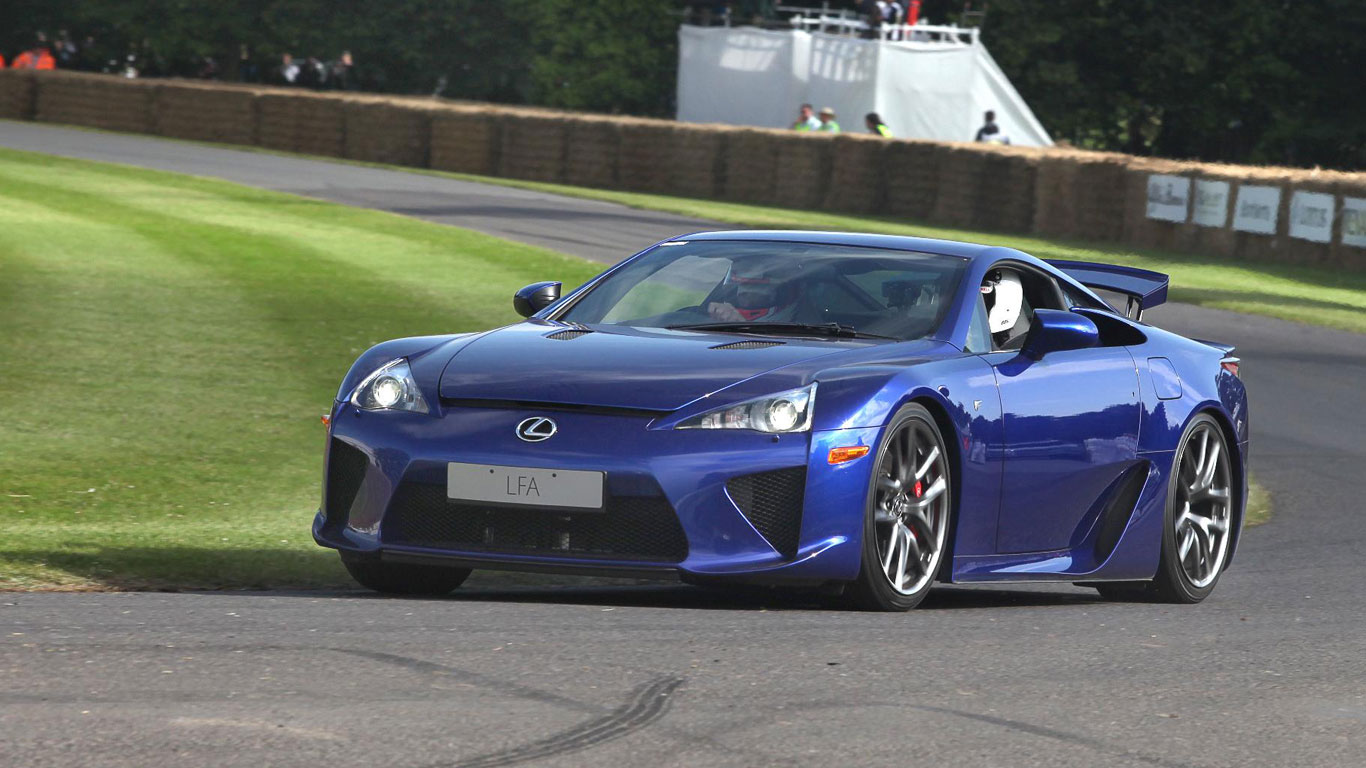
The Lexus LFA was a long time coming: development work started in 2000, with the final production version not appearing until October 2009. It was worth the wait. “If someone were to offer me the choice of any car that had ever been made, ever, I would like a dark blue Lexus LFA,” said Jeremy Clarkson. Powered by a 4.8-litre naturally-aspirated V10 engine, the LFA can hit 200mph, and just 200 were built.
Datsun 240Z
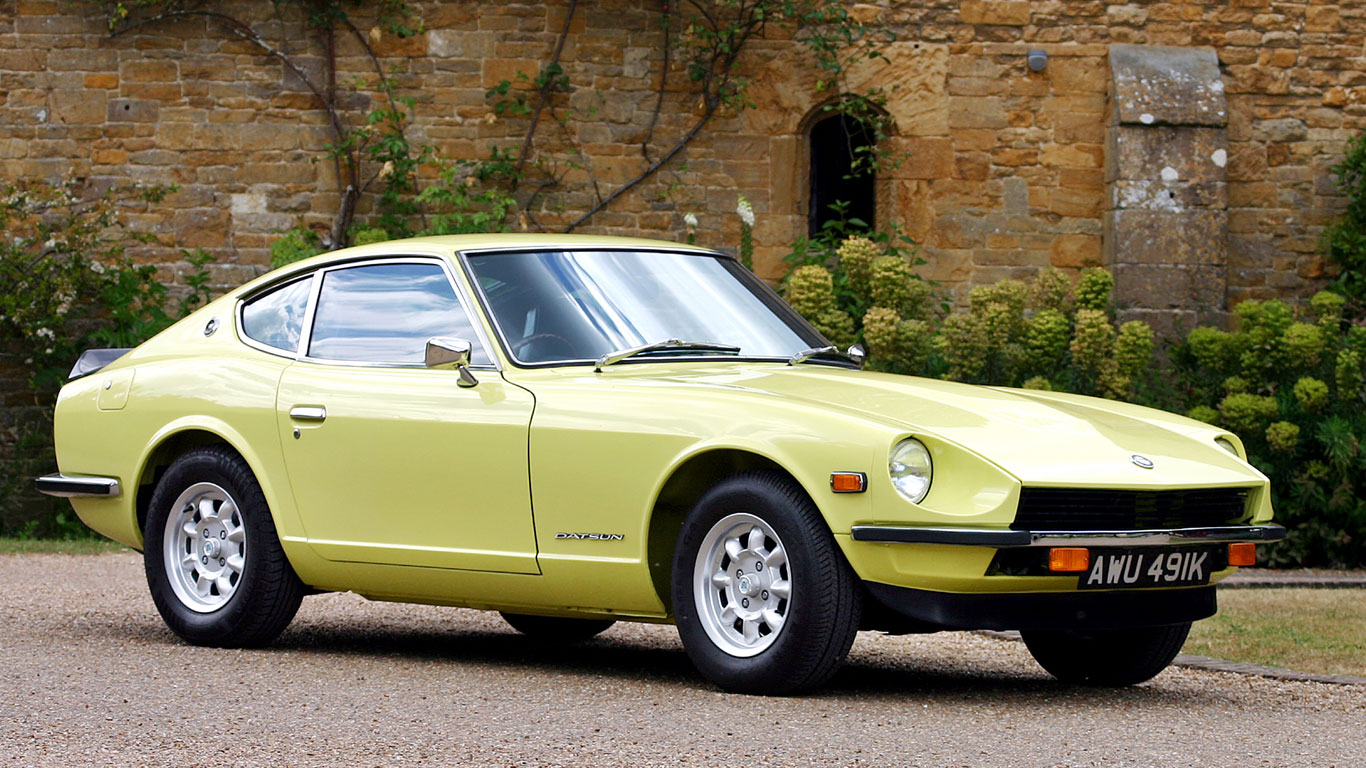
In the Toyota 2000GT, Japan had built a sports car for the wealthy and the glamorous, but in the 240Z, Datsun delivered something a little more blue collar. ‘The difference between the Datsun 240Z and your everyday three-and-a-half thousand dollar sports car is that about twice as much thinking went into the Datsun. It shows. For the money, the 240Z is an almost brilliant car.’ This quote from Car and Driver in 1970 tells you all you need to know about the 240Z. It was built to mess with the sports car establishment and it went on to outsell all European rivals in the USA.
Nissan GT-R
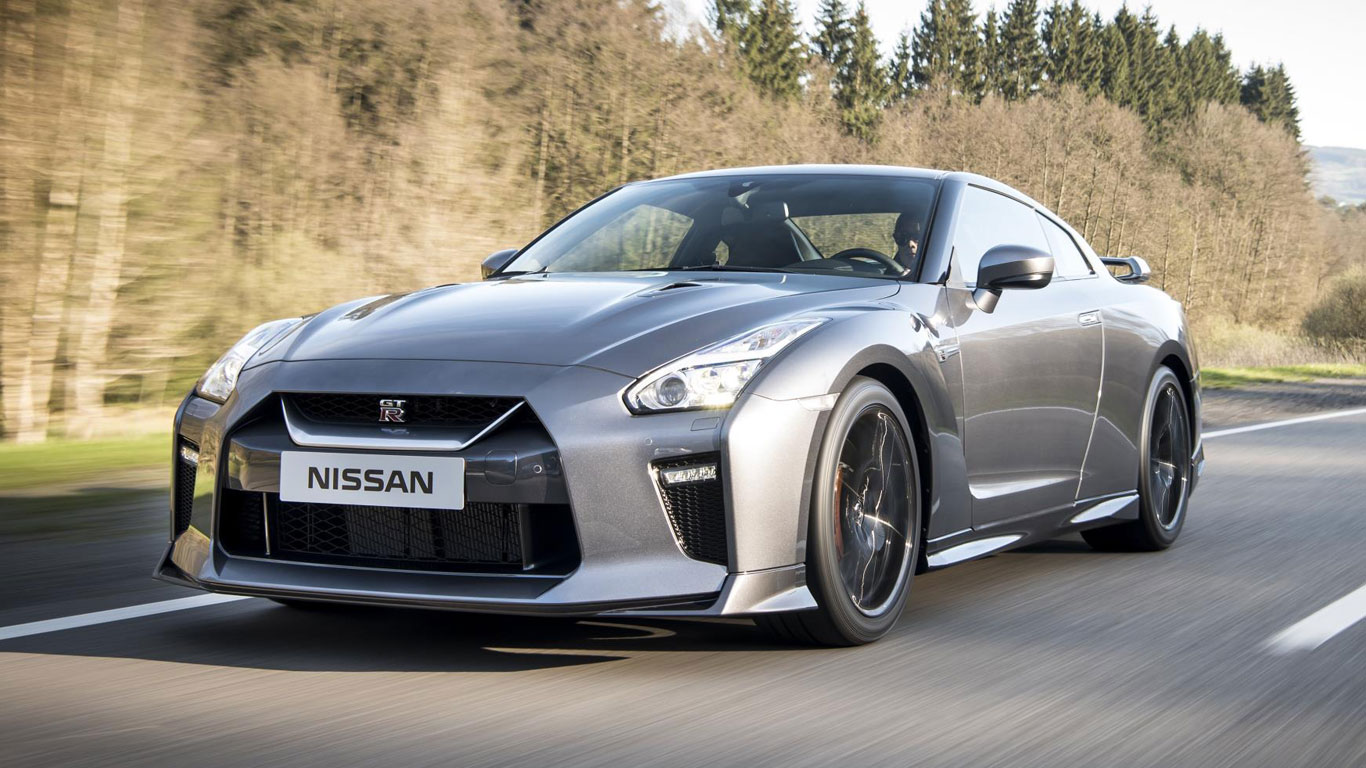
The vast majority of cars in this gallery are icons from yesteryear, but here’s one you can buy new today. That’s assuming you have the £86,095 required to purchase a Nissan GT-R. It’s a sports car for the digital generation, powered by a 3.8-litre twin-turbocharged engine developing 570hp and 470lb ft of torque. Yet it’s also appealingly old-school, requiring focus from the driver and dedication to the cause. The outrageous flagship GT-R Nismo is the equal of anything from Stuttgart or Maranello.
Honda Beat
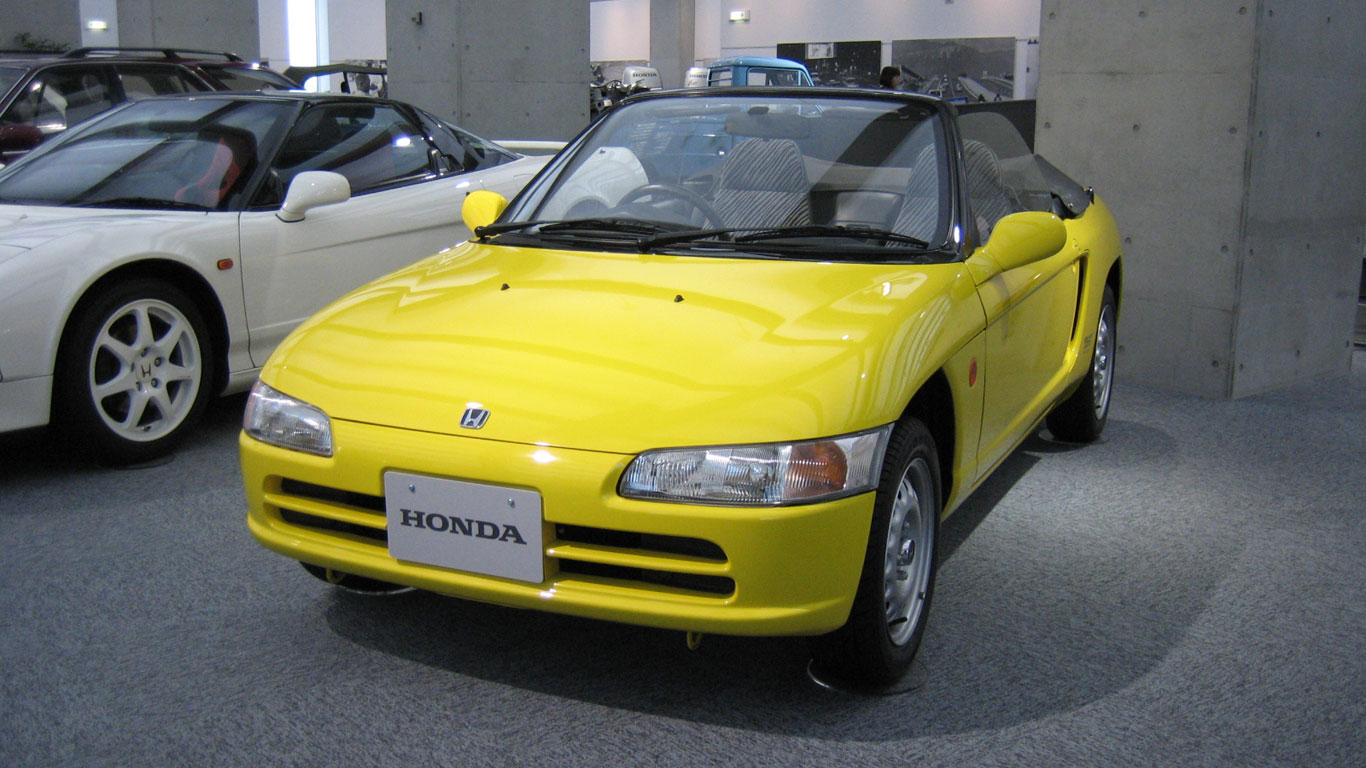
Styled by Pininfarina, the Honda Beat was built to comply with Japanese kei car regulations. Much like the Suzuki Cappuccino, the Beat paid homage to the likes of the MG Midget and Austin-Healey ‘Frogeye’ Sprite, and offered mid-engine and rear-wheel drive fun in a tiny package. Although never officially sold in the UK, it’s not hard to source a Japanese import. In fact, you could bring one over in your hand luggage.
Mazda Cosmo Sport 110S
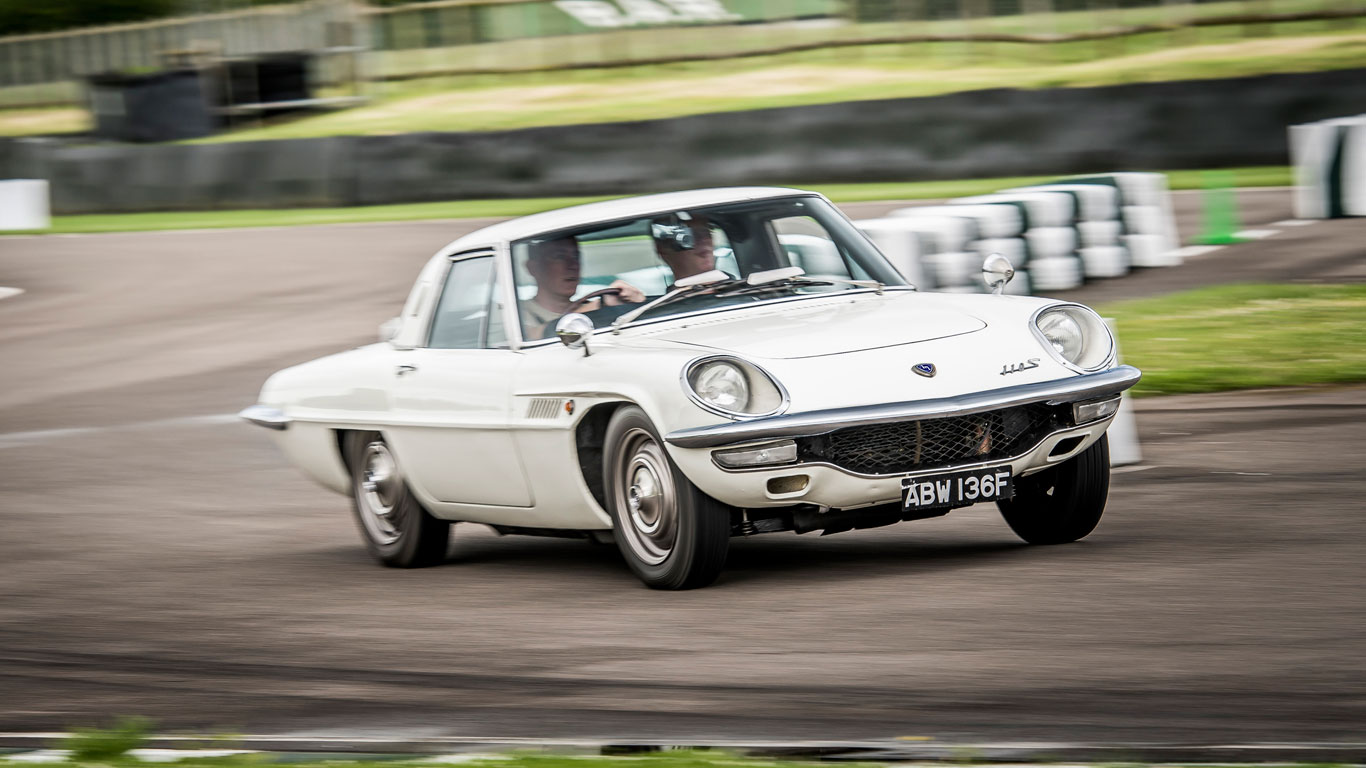
Unveiled at the 1963 Tokyo Motor Show, before being formally announced a year later, the Cosmo featured futuristic styling, a name inspired by space travel and a 982cc twin-rotor engine. Sold domestically as the Cosmo Sport, or the 110S overseas, this was the world’s first volume production rotary-engined sports car. It’s the godfather of the RX-7 and RX-8.
Nissan Skyline GT-R R32
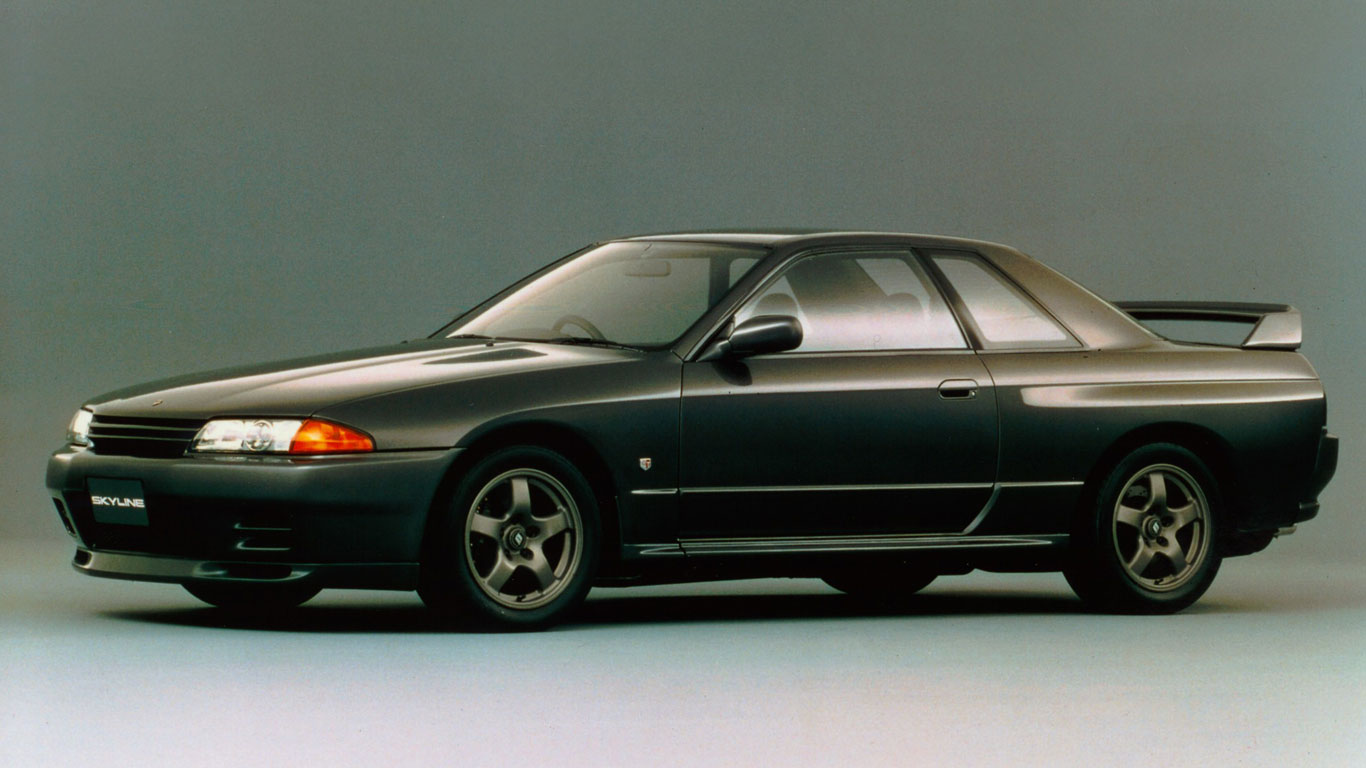
Make no mistake, when the Nissan Skyline GT-R R32 arrived in 1989, it was the most advanced road car you could buy. It didn’t so much upset the establishment, as send its rivals scurrying back to the drawing board. Nissan’s engineers cited the Porsche 959 as the benchmark, so it’s hardly surprising that it could outmanoeuvre just about any car in the world. A proper icon.
Toyota Corolla AE86
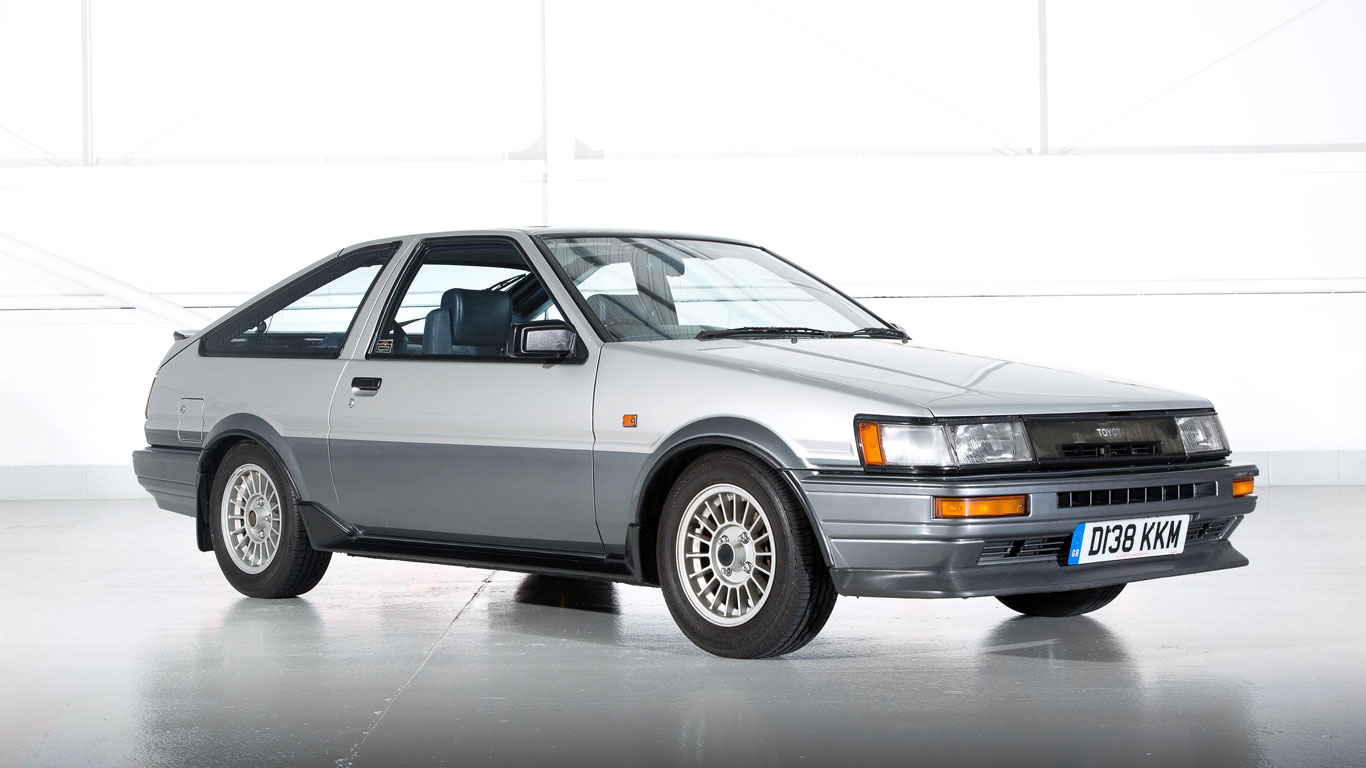
The Corolla GT – factory codename AE86 – arrived in 1983, and was Toyota’s rear-wheel-drive answer to the front-driven hot hatches of the day. It was powered by the same 125hp 1.6-litre twin-overhead-cam engine found in the original MR2, and it could complete the 0-62mph sprint in 8.3 seconds, and hit a top speed of 122mph. The AE86 was a successful rally car and brilliant fun on the road.
Honda NSX
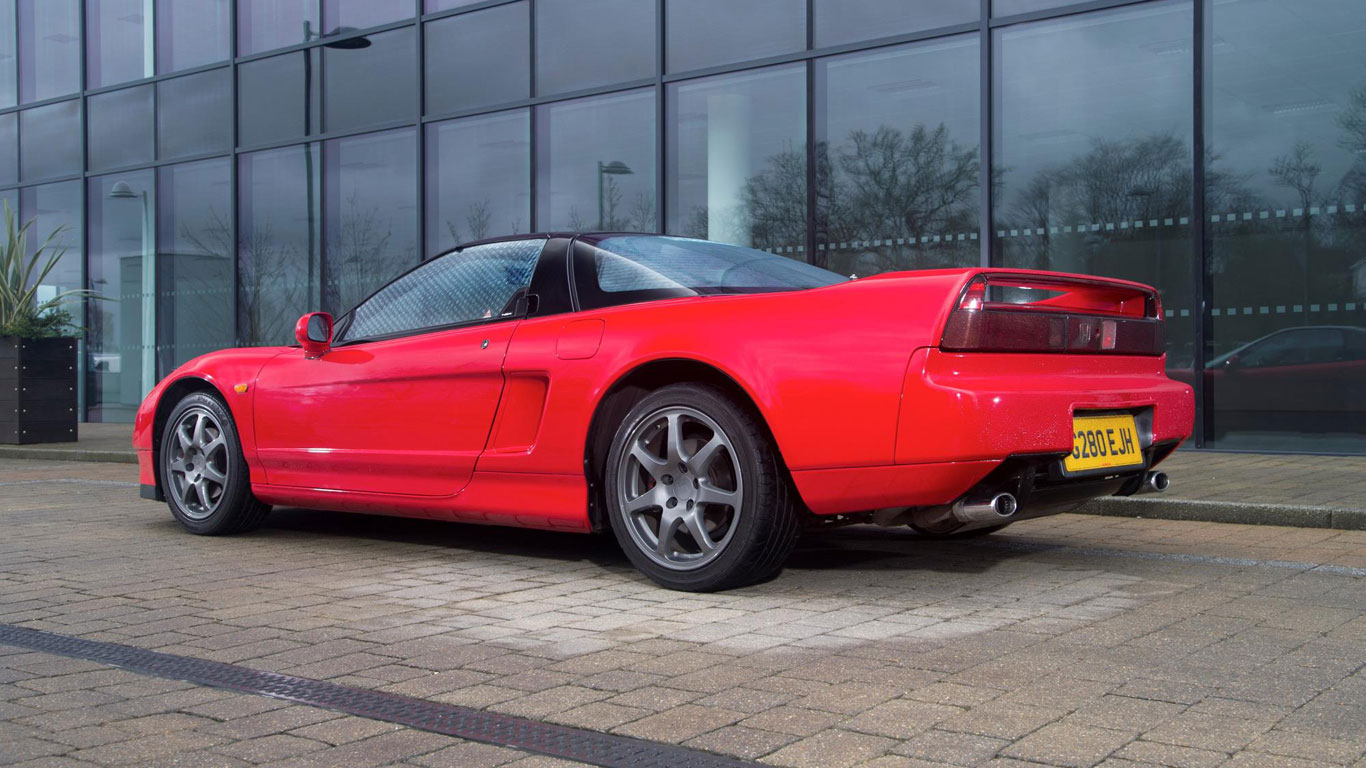
We’ve already featured the NSX-R, now meet the regular NSX – also very worthy of a place here. The original everyday supercar, this was Honda’s attempt at building a more reliable, practical and faster version of the Ferrari 328 (and later, the 348). Initially powered by a 3.0-litre quad-cam 24-valve VTEC V6, later models saw displacement increased to 3.2 litres. In this guise, the NSX would hit 62mph in 5.7 seconds and 168mph. Obviously, it was quick, but sheer pace was only half the story. Superb handling, and the soundtrack as it raced towards an 8,000rpm redline, were other highlights.
Toyota MR2
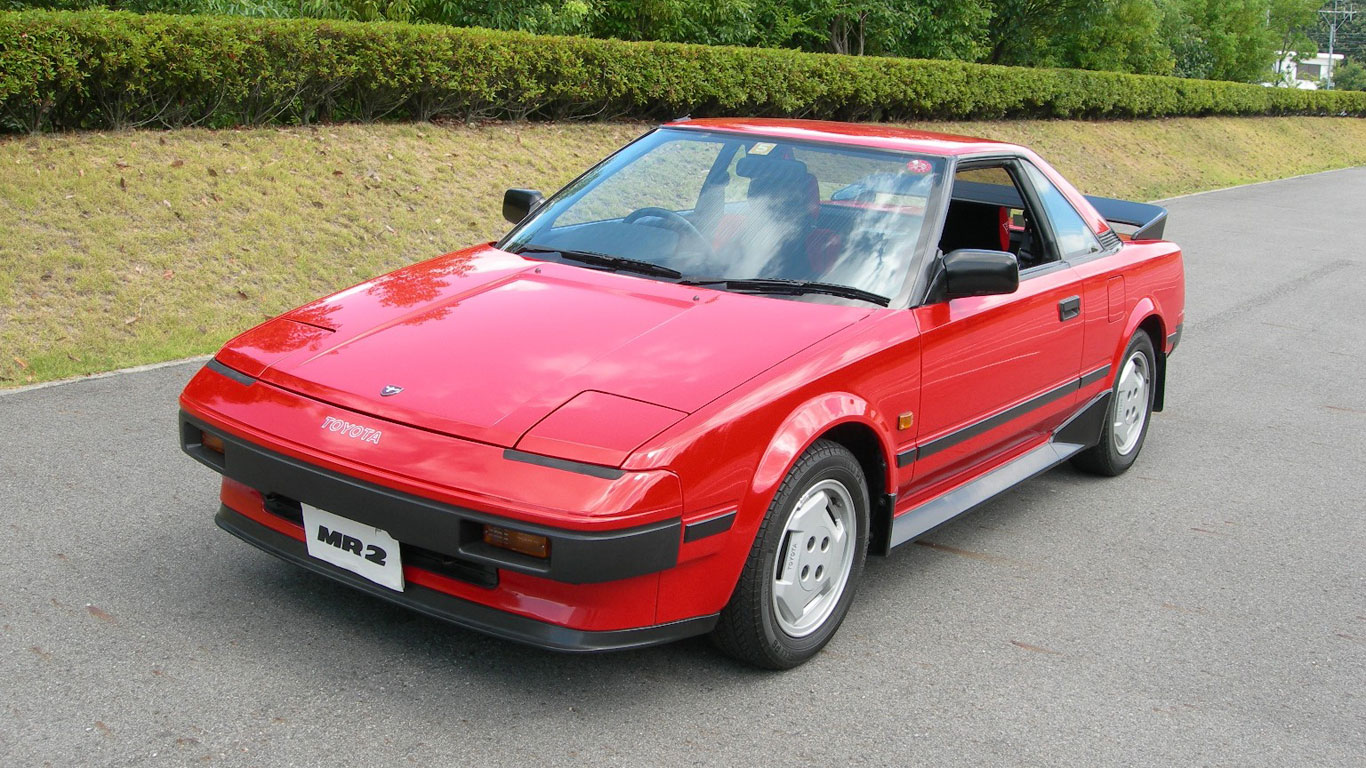
The British car industry thought the days of the two-seater sports car were over when the production of the TR7 stopped in 1981. Yet the brilliant MR2 – Toyota’s first mid-engined car – proved that not everybody wanted a front-wheel-drive hot hatch for their cheap thrills. It offered styling far beyond its sub-£10k price tag, a brilliant twin-overhead-cam engine and agile handling. If you can’t find a decent first-generation MR2, the subsequent models are worth a look.
Subaru BRZ
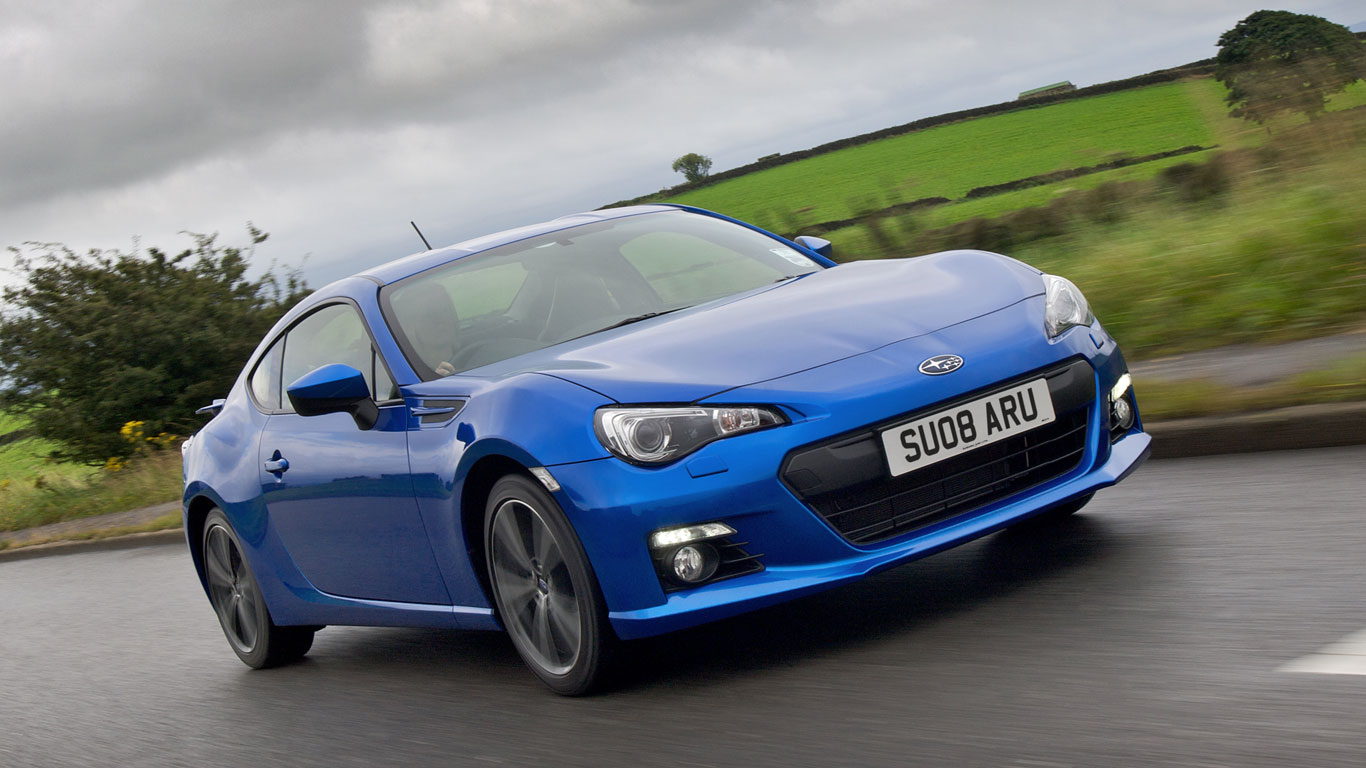
The Subaru BRZ and the Toyota GT86 might be current models (albeit soon to be replaced), but they have a retro feel. A 2.0-litre, four-cylinder boxer engine is mounted low in the chassis, giving a lower centre of gravity, while it develops 200hp at 7,000rpm, meaning you have to rev it hard to get the best from it. Sure, it could use more power, but that might upset the equilibrium of the finely-balanced sports car. The best Japanese sports car of all time? No. But one of our favourite cars on sale? Absolutely.
Mazda MX-5
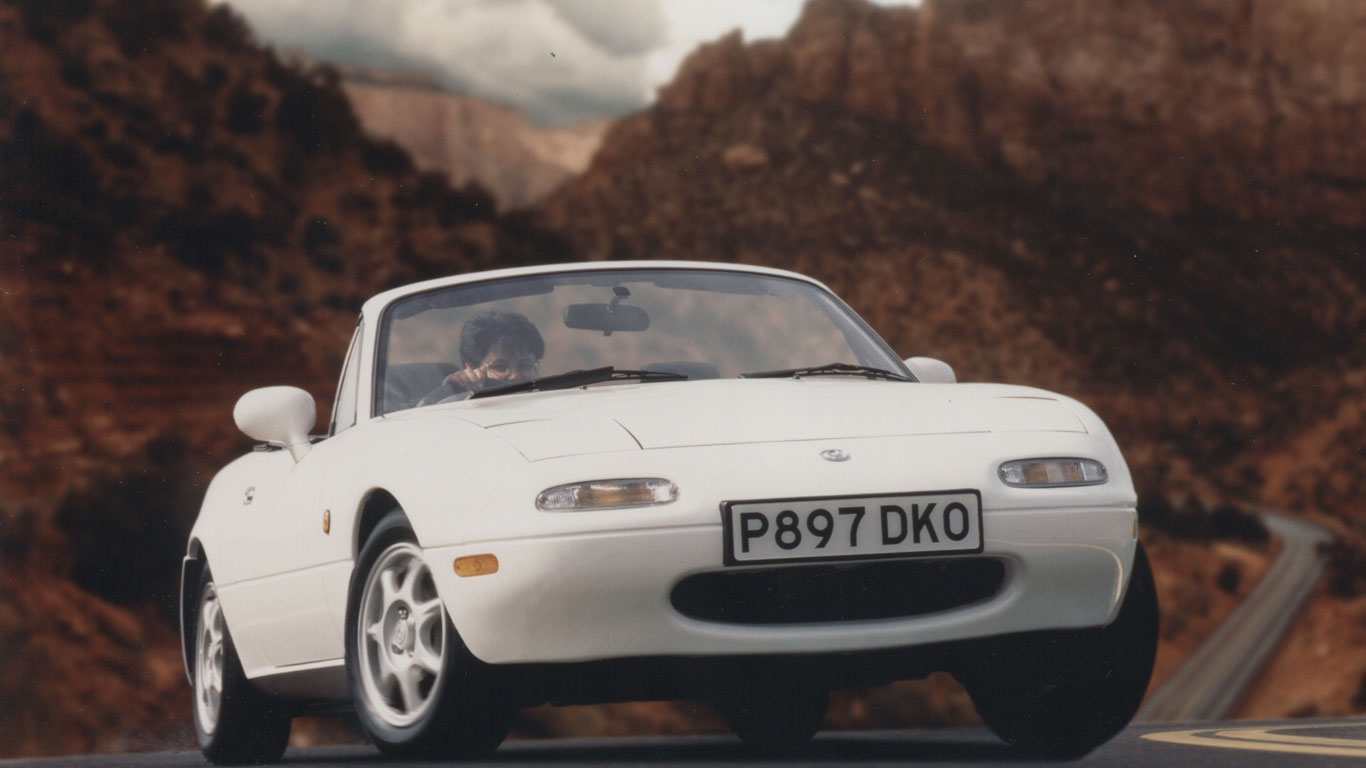
What started as a homage to the original Lotus Elan went on to become the world’s best-selling sports car. Four generations later, the evergreen MX-5 is better than ever, and still delivering roofless, rear-wheel-drive fun. The Mk1 version seen here is now a sought-after modern classic – and prices are on the up. Check carefully for rust before you buy.
Honda CRX
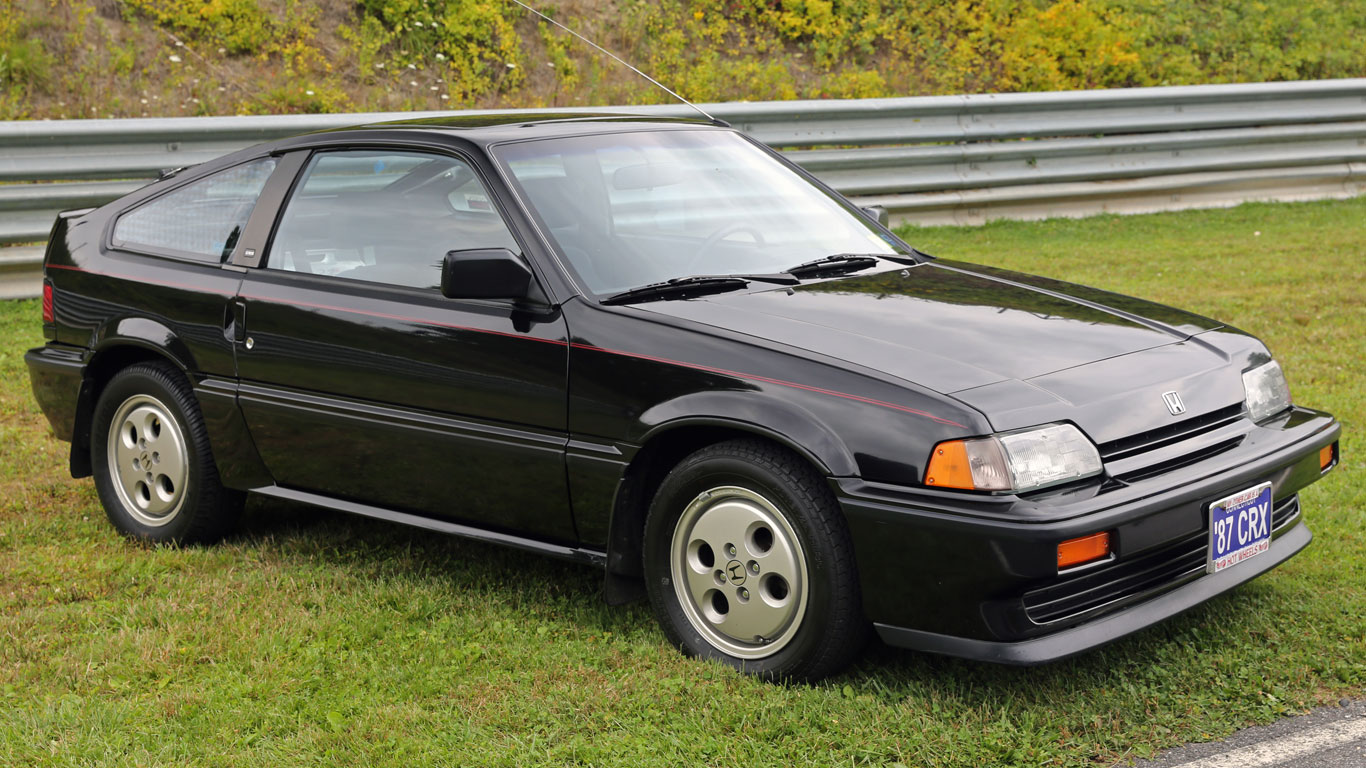
If only Honda built something like this today. Although it was based on Civic, the CRX was five inches shorter than the three-door version and sat two inches lower to the ground. Honda positioned it as a 2+2, but in reality it was more like a hot hatch with a large boot, making it perfect for those who fancied a little extra practicality to go with their sports car. In its day, it was brilliant.
Mitsubishi Lancer Evolution
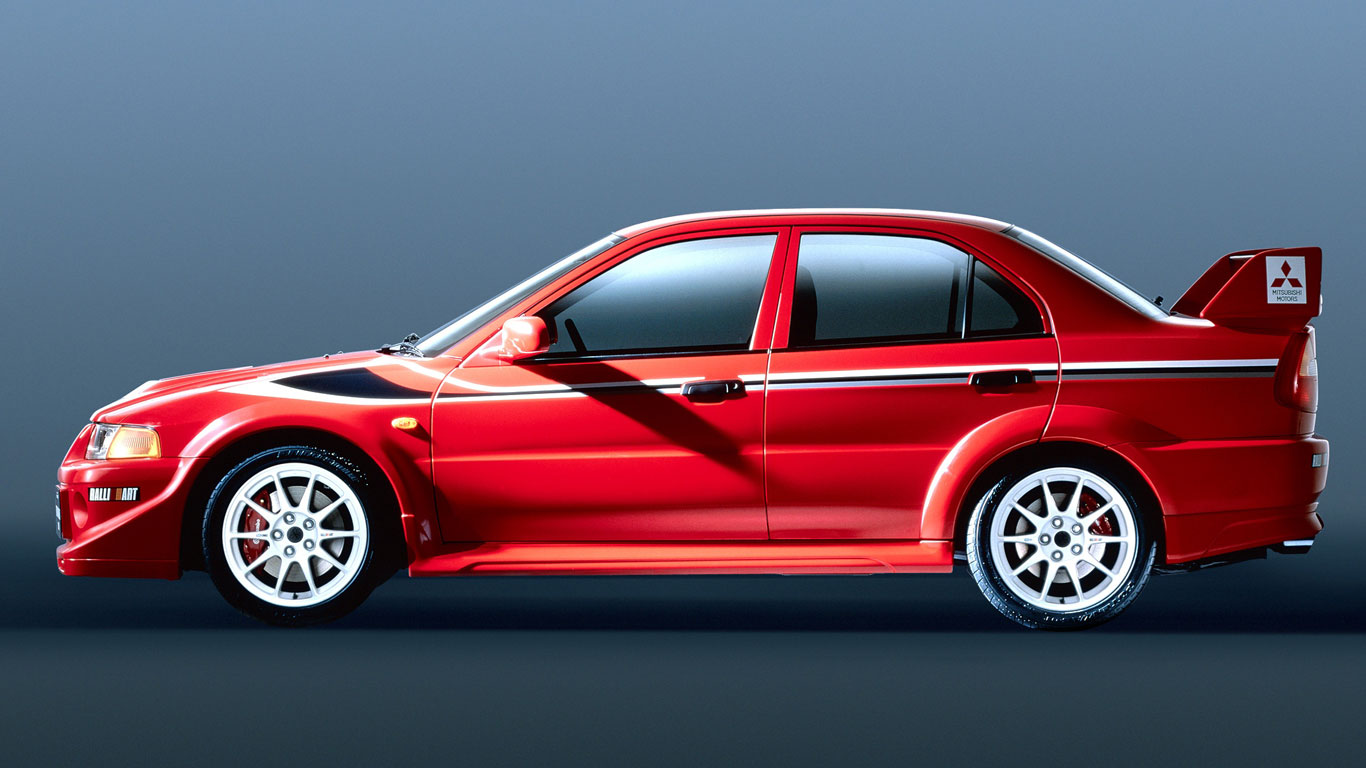
Selecting the best Mitsubishi Evo would be a challenge – and put us at the mercy of the car’s legions of fans. If push came to shove – and the Evo has plenty of that – we’d opt for the Tommi Makinen edition, which arrived in 1999 and was named after the Finnish rally driver who’d won four WRC drivers’ championships in a row. It featured Recaro seats, white Enkei alloys and optional go-faster stripes.
Toyota Celica GT-Four
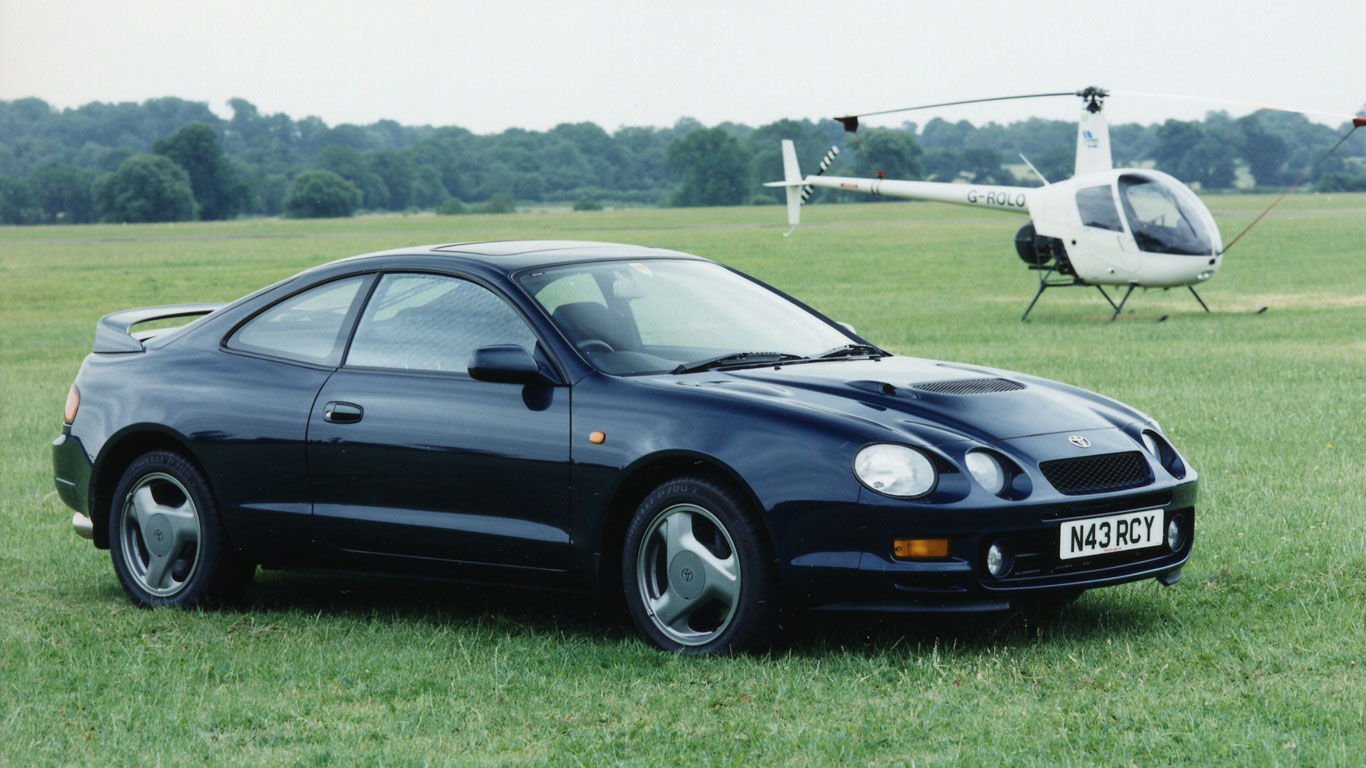
Toyota launched the original Celica GT-Four in 1986, with power sourced from a new 3S-GTE turbocharged and water-intercooled engine. With 185hp on tap, it was, at the time, Japan’s most powerful 2.0-litre engine. A fifth-generation model followed in 1991, including a limited edition Carlos Sainz model for the UK, before the sixth-generation GT-Four arrived in 1994. By now, power had increased to 255hp – enough for a 153mph top speed and 0-60mph time of 6.1 seconds.
Honda Integra Type R
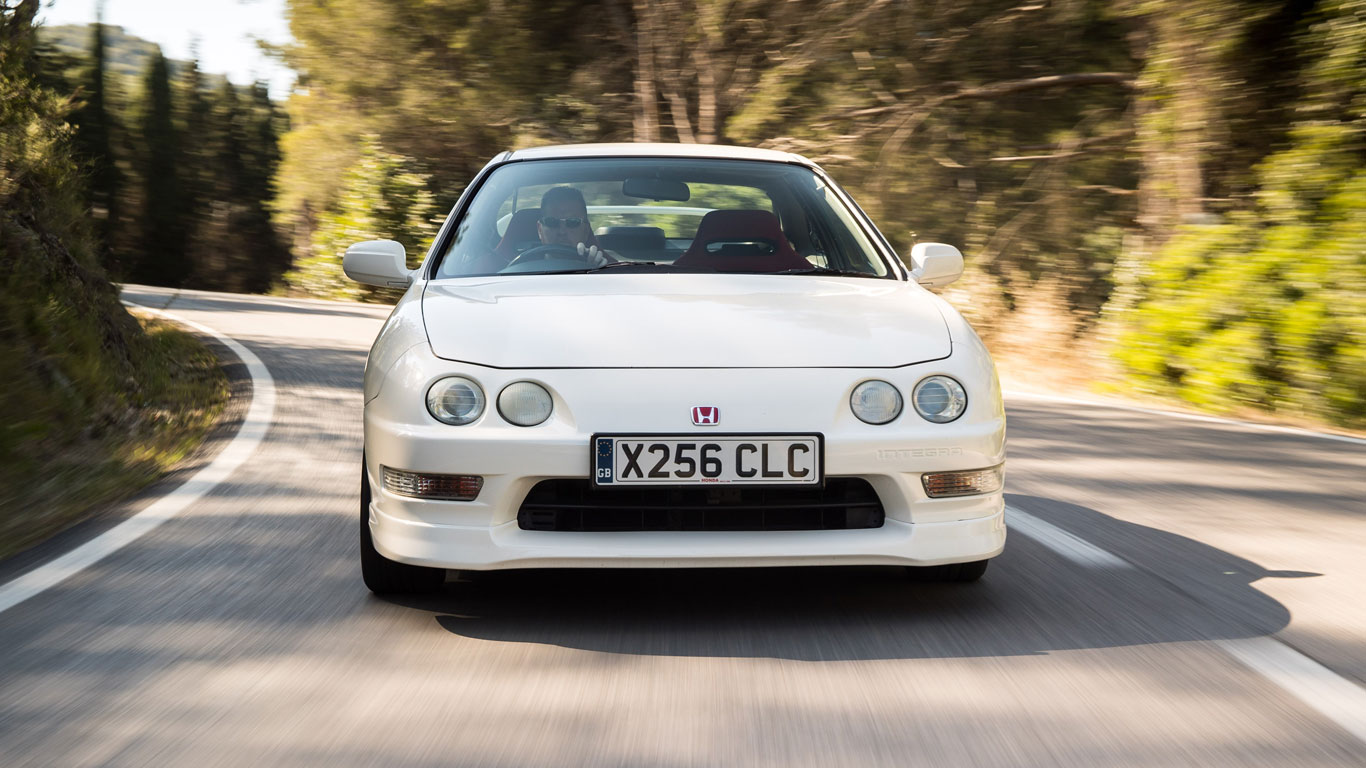 Is this the greatest front-wheel-drive performance car ever? We reckon so. By today’s standards, the Integra Type R certainly isn’t quick – although a 0-62mph time of 6.7 seconds isn’t too shabby – but few cars could keep up with this Honda on a twisty road. It’s almost perfect, with a low-slung driving position, rev-hungry engine and superb gearbox.
Is this the greatest front-wheel-drive performance car ever? We reckon so. By today’s standards, the Integra Type R certainly isn’t quick – although a 0-62mph time of 6.7 seconds isn’t too shabby – but few cars could keep up with this Honda on a twisty road. It’s almost perfect, with a low-slung driving position, rev-hungry engine and superb gearbox.
Mazda RX-7
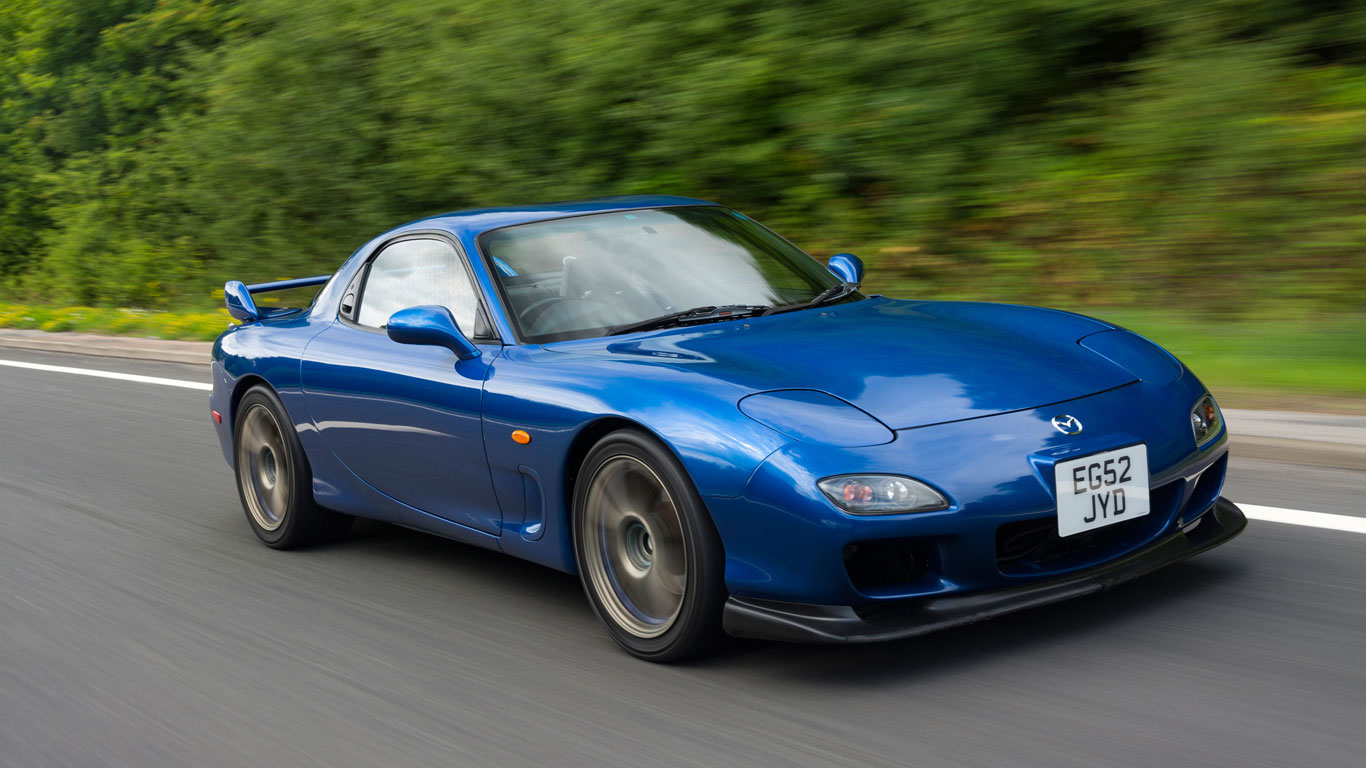
If the Integra Type R is the best front-drive performance car, the third-generation ‘FD’ Mazda RX-7 is in with a shout of being one of the best-looking sports cars ever made. The car pictured is a lightweight Bathurst limited edition, named after Australia’s most famous race track and only sold only in Japan. With a 280hp rotary engine, it’ll hit 62mph in just 4.7 seconds, before reaching a top speed of 160mph.
Nissan Skyline GT-R R34
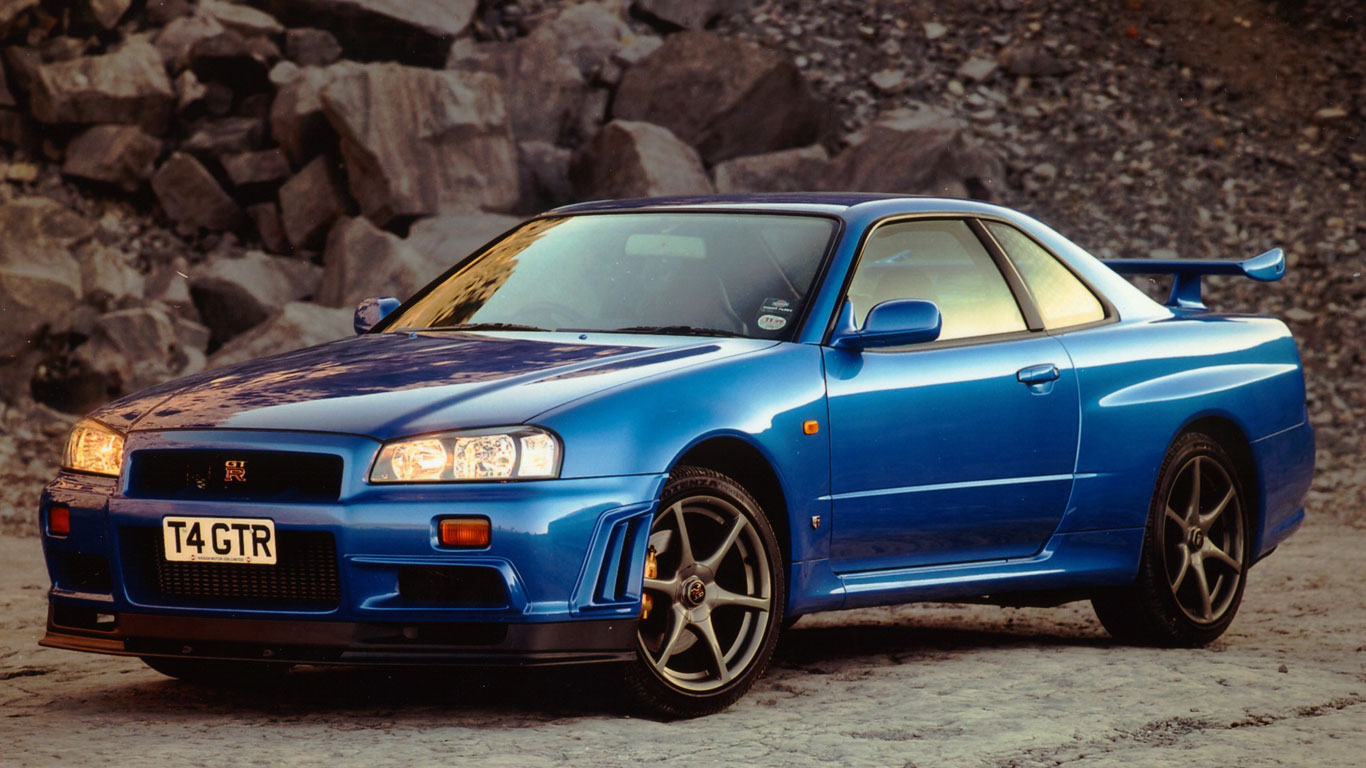
We’ve already covered the Skyline with the inclusion of the R32, but you’ll excuse us for wanting to add the R34 to the mix. It offered supercar levels of performance in a PlayStation suit, with power sourced from a 2.6-litre inline-six turbocharged engine. Thanks to a sophisticated all-wheel-drive system, it could hit 62mph in 4.7 seconds, before reaching a top speed of 165mph.
Honda S2000

In a world of lazy turbocharged engines, the Honda S2000 is a real tonic. At its heart lies a 2.0-litre four-cylinder engine developing 240hp, making it, at the time, the most powerful naturally aspirated engine on a power-per-litre basis. It’ll rev to 9,000rpm, with peak power arriving at 8,300rpm, meaning you have to work really hard to get the best from it. We’d recommend a later S2000, by which time Honda had tweaked the suspension, fitted better tyres and added stability control.
Toyota Supra
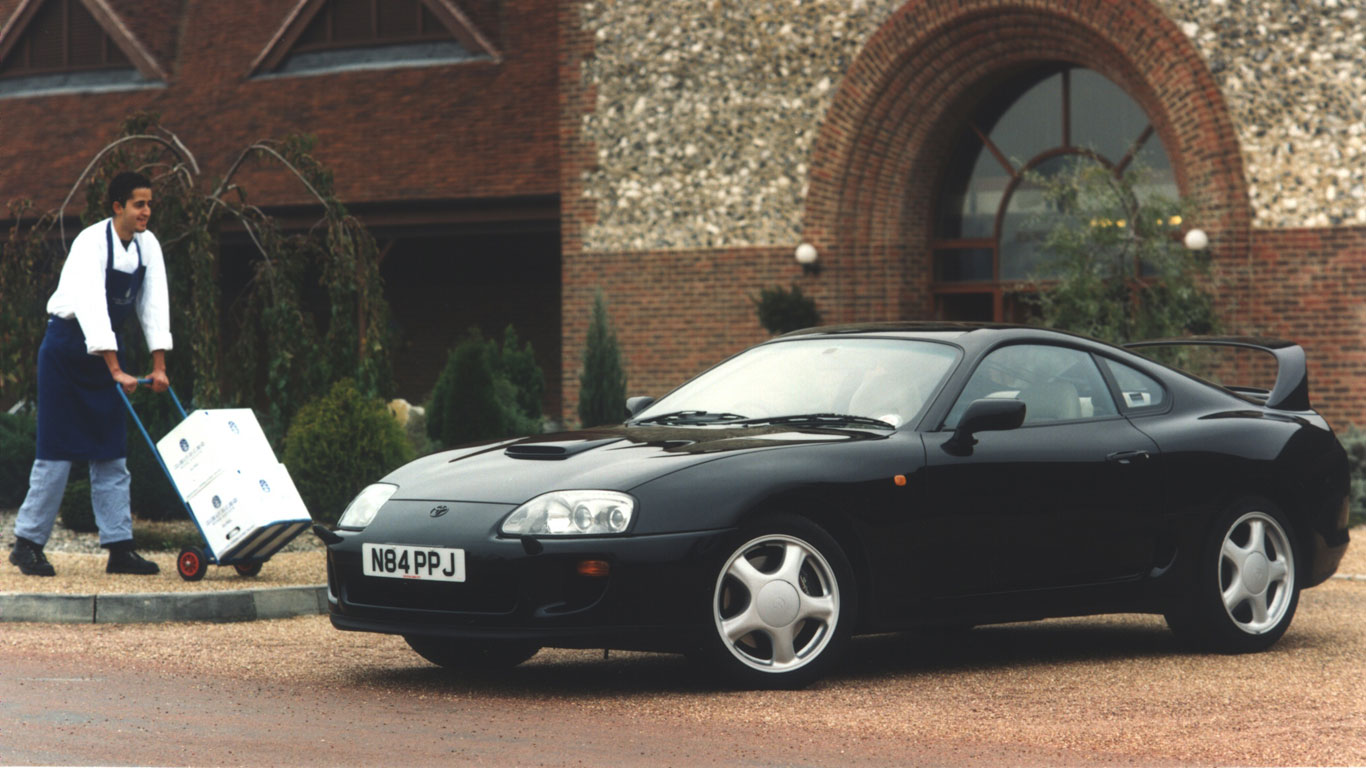 The first Toyota Supra arrived in 1978 – and has recently made a comeback. After four years of development, the fourth-generation A80 was launched in 1993, with the turbocharged version offering supercar-taming levels of performance. It appeared in a myriad of computer games and movies, cementing its legendary status and ensuring the new Supra had a lot to live up to.
The first Toyota Supra arrived in 1978 – and has recently made a comeback. After four years of development, the fourth-generation A80 was launched in 1993, with the turbocharged version offering supercar-taming levels of performance. It appeared in a myriad of computer games and movies, cementing its legendary status and ensuring the new Supra had a lot to live up to.
Subaru Impreza 22B
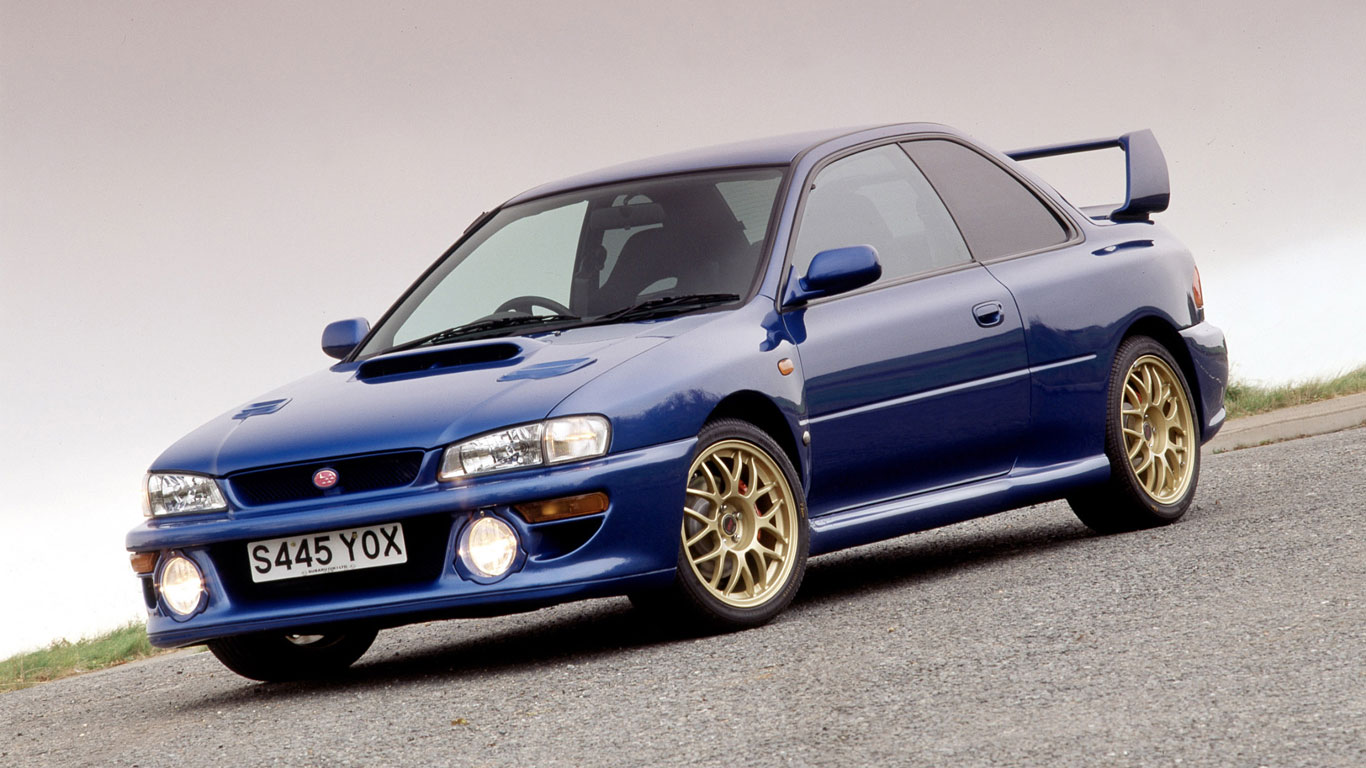 The Impreza 22B was built to celebrate Subaru’s three successive WRC Constructors’ titles, and the 40th anniversary of the company. Limited to just 400 examples in Japan, a further 16 cars were imported to the UK under the Single Vehicle Approval scheme. Its 2.2-litre turbocharged engine produced 280hp, while the extra wide bodywork from the rally cars delivered a bespoke look.
The Impreza 22B was built to celebrate Subaru’s three successive WRC Constructors’ titles, and the 40th anniversary of the company. Limited to just 400 examples in Japan, a further 16 cars were imported to the UK under the Single Vehicle Approval scheme. Its 2.2-litre turbocharged engine produced 280hp, while the extra wide bodywork from the rally cars delivered a bespoke look.
Mitsubishi 3000GT
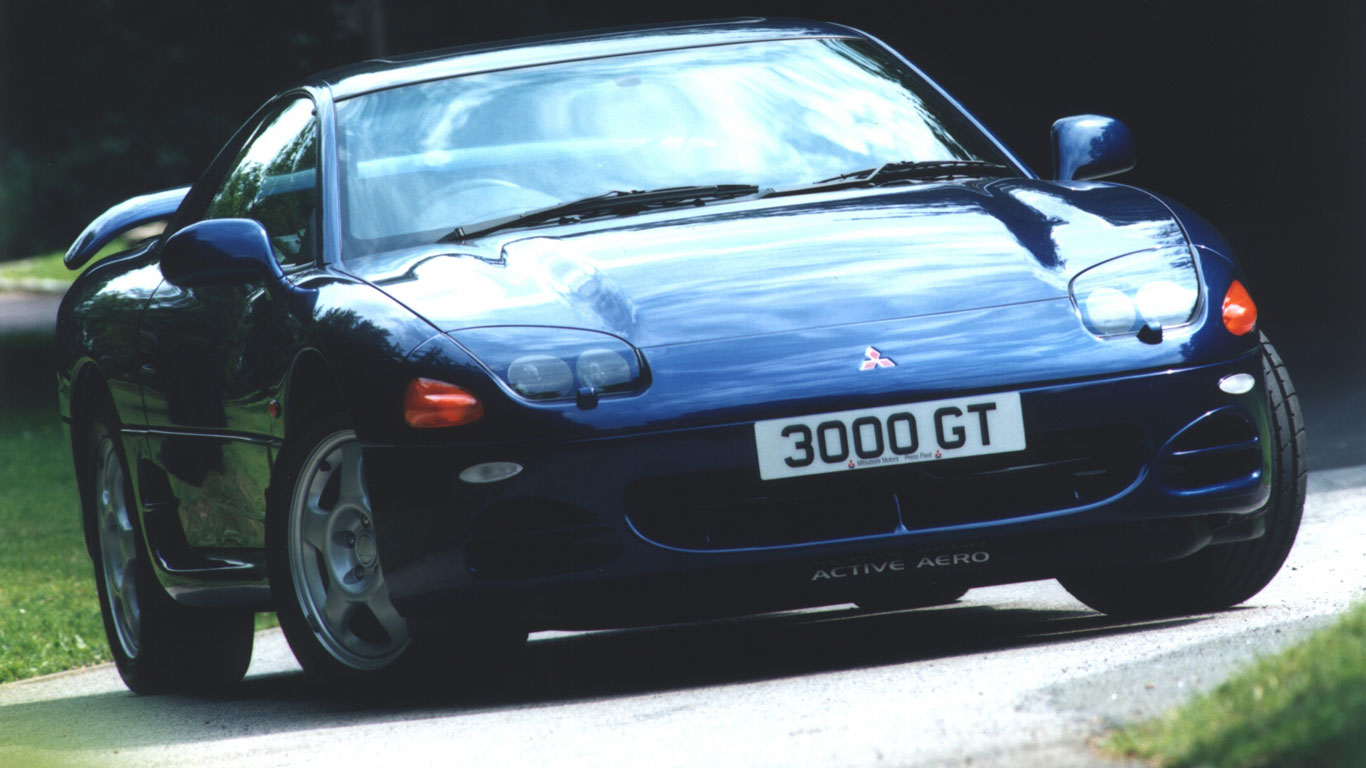
Developed in partnership with Chrysler, the Mitsubishi 3000GT was also known as the Mitsubishi GTO and Dodge Stealth. This was a tech-laden sports car, featuring four-wheel-drive, four-wheel steering, active aerodynamics and electronic suspension, not to mention the small matter of a 3.0-litre twin-turbocharged engine. Not the best sports car to drive, but as a technical achievement…
Suzuki Cappuccino
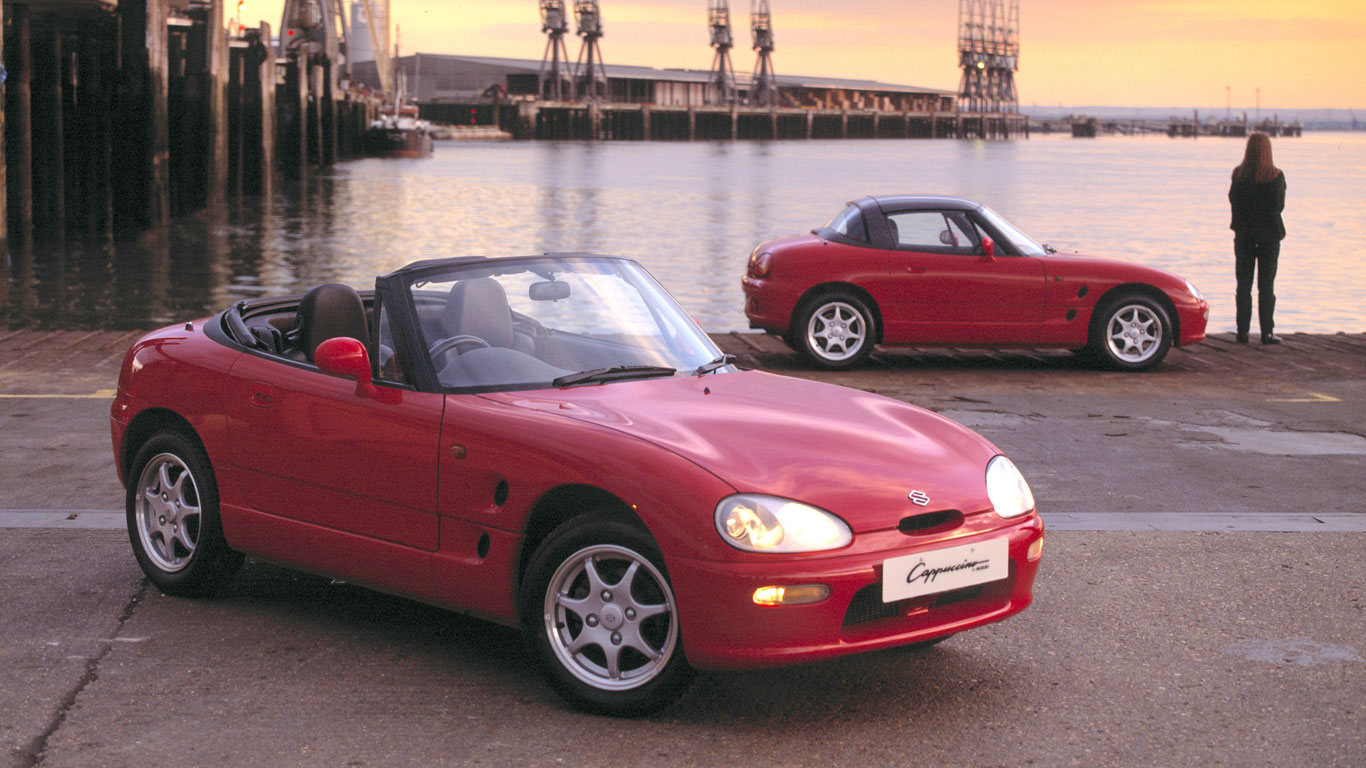
The Suzuki Cappuccino is another brilliant kei car. It uses a traditional roadster layout, with a front engine and rear-wheel drive, plus perfect weight distribution. It also weighs just 725kg and is small enough to zip through city traffic. Power comes from a 657cc three-cylinder engine. Frothy and invigorating.
Nissan Z Proto
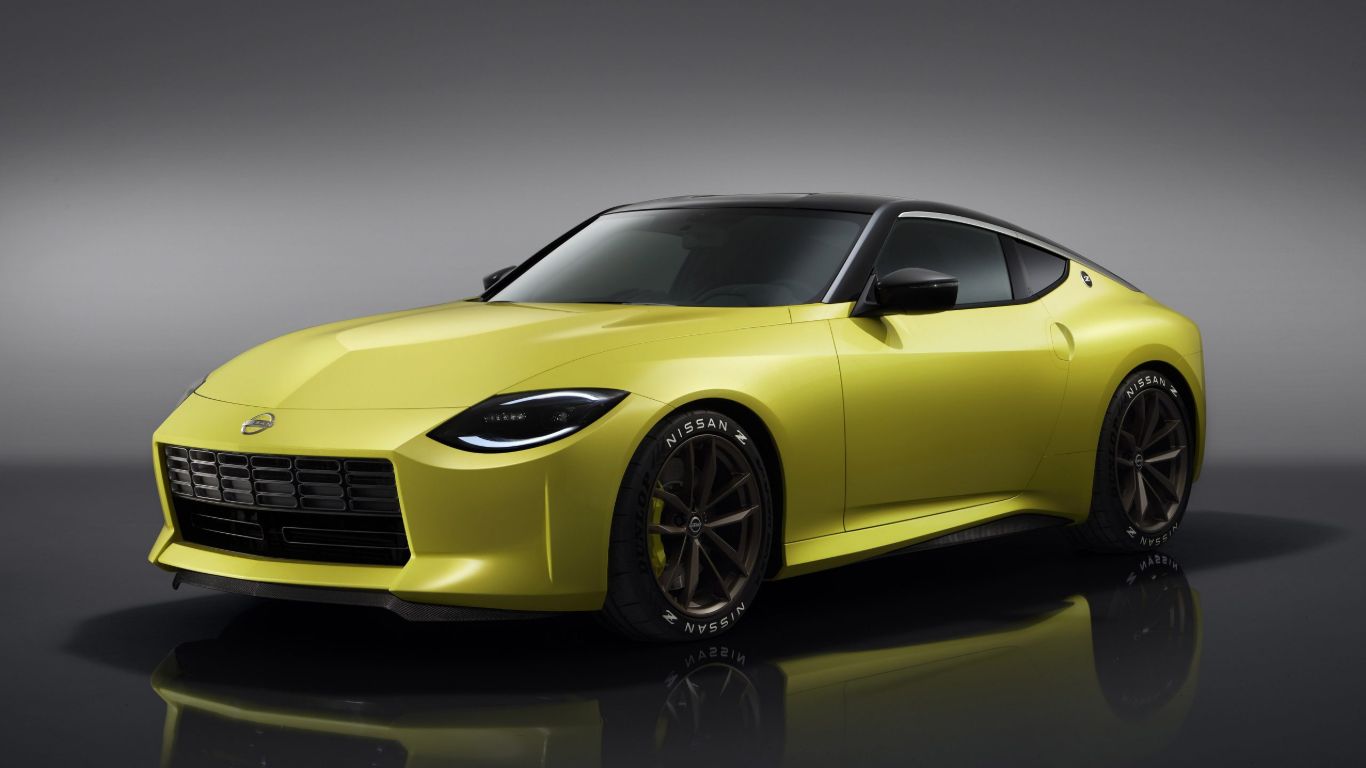
We end with a bonus car in the Nissan Z Proto – a very unsubtle hint at how the 370Z replacement will look. With retro styling and a twin-turbo V6 driving the rear wheels, there’s absolutely nothing not to like here. Well, except the fact that it isn’t coming to Europe on emissions grounds. Like several of the great sports cars on this list, you’ll just have to import one.



It speaks volumes that the Mitsubishi Eclipse can’t even get an “honourable mention” for this list.
[…] of the Nissan Skyline GT-R can have decades of modifying officially undone, thanks to […]
Agree on the the comment bout leaving out both gen Eclipse’s. But also where’s the 300Zx?
The eclipse and the 300zx arent game changers, they are just cars popular with the tuning crown because they are cheap. The eclipse isnt even a real sports car lol, and the 300zx is entirely forgettable compared to the other z’s… what racing circuit did these cars get sent for competition 🤔